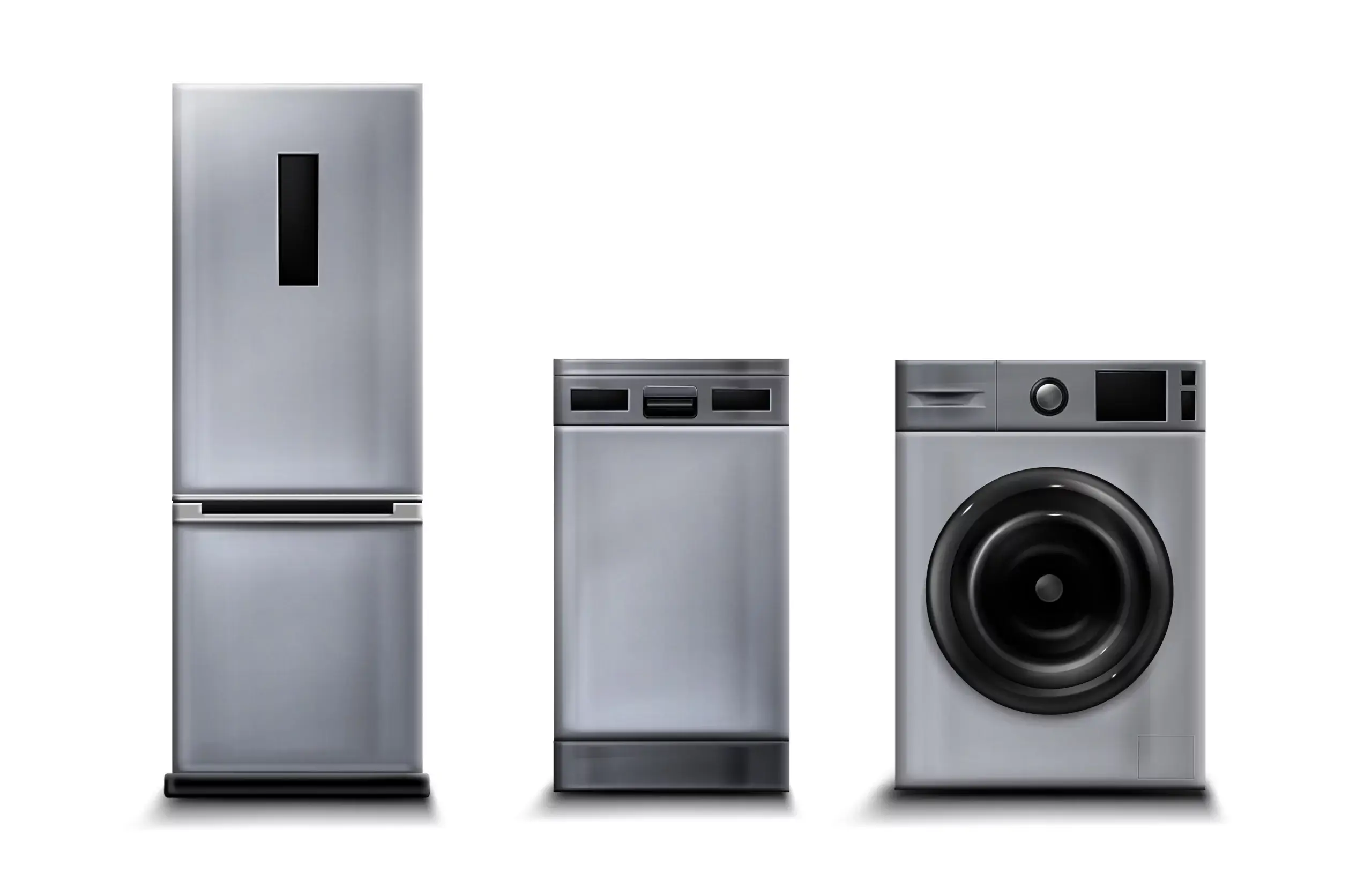
Please Wait ...


Blogs> A DIY Guide: How to Repair Common Home Appliances

Home appliances are essential for modern living, but when they malfunction, it can disrupt our daily routines. Knowing how to repair common appliance issues can save you time and money. In this blog, we’ll provide a step-by-step guide to help you tackle simple appliance repairs and restore functionality to your household items.
Diagnosis and Safety First
Before attempting any repair, diagnose the issue. Observe the appliance’s behavior and refer to the user manual for troubleshooting tips. Ensure the appliance is unplugged to avoid electric shock while working on it.
Gather Tools and Materials
Collect the necessary tools for the repair. Common tools might include screwdrivers, pliers, multimeter, and replacement parts if needed. Always use tools suitable for the appliance you’re repairing.
Research and Resources
Search online for guides, videos, or forums related to your specific appliance and issue. Online resources can provide valuable insights, step-by-step instructions, and visual aids.
Disassembly and Inspection
If the issue requires it, carefully open the appliance using appropriate tools. Take pictures as you disassemble for reference during reassembly. Inspect the internal components for visible damage or loose connections.
Repairs or Replacements
Repair or replace faulty components based on your diagnosis. This might involve soldering, rewiring, or swapping out parts. Follow guides or manufacturer instructions closely.
Reassembly
Carefully reassemble the appliance, following the reverse order of disassembly. Use your reference photos to ensure components are correctly placed.
Testing and Safety Check
Plug in the appliance and test it to see if the issue is resolved. Pay attention to any unusual sounds or behaviors. Perform a safety check to ensure all connections are secure and there’s no exposed wiring.
Professional Help
For complex issues, gas appliances, or if you’re unsure about your repair skills, it’s best to consult a professional technician. Attempting advanced repairs without proper knowledge can worsen the problem or pose safety risks.
Preventive Maintenance
Regularly clean and maintain your appliances to prevent issues. Follow the manufacturer’s maintenance recommendations to prolong their lifespan.
While not all appliance repairs are suitable for DIY, having the know-how to troubleshoot and fix common issues can be empowering and cost-effective. Remember that safety is paramount – always unplug appliances before working on them and exercise caution. For more complex problems or if you’re unsure, seeking professional help is the best route to ensure both safety and successful repairs.
Image by pikisuperstar on Freepik

By Digi2L - June 8, 2024

By Digi2L - June 7, 2024

By Digi2L - June 6, 2024